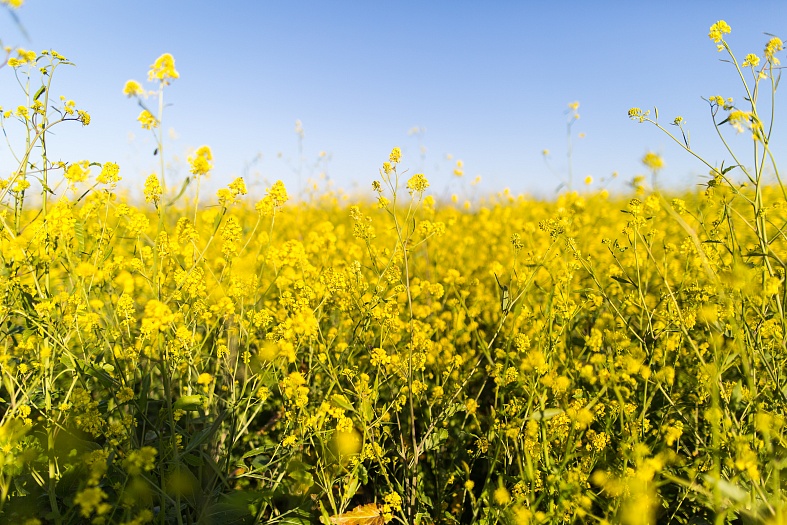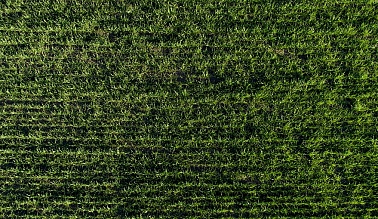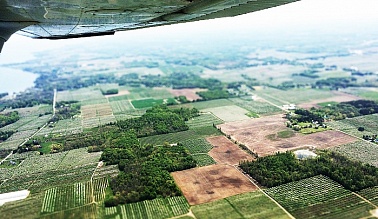Crop rotation: how crop rotation helps to increase yields and maintain soil fertility
21.08.2019 | Crop rotation
When the same crop is constantly cultivated in the same place, all kinds of bacteria and pests are actively developing in it, its upper layer is disturbed, and in general the soil is depleted. All this causes the harvest to decrease. Crop rotation is one way to combat these factors. But it's not that simple. In order for this method to work, it is necessary to approach the organization of the system intelligently, it is not enough just to swap crops.
Why do you need a crop rotation?
If the crop rotation system is observed, the soil condition improves, nutrients are used more rationally, and pests leave their places of origin. How does this work? Some plants get their nutrients from the bottom layer of the soil and others from the top layer of the soil. It turns out that growing crops that eat from the bottom layer for a long time on one site leads to its depletion. Nutrients run out and, if they are scarce, the plant is prone to disease and fertility loss.
By the way, soil depletion is a serious problem today and agriculture plays an important role in this. We talked about it in more detail in our article "Soil degradation as a result of agricultural activities".
Another nuance is the toxins that excrete the roots of plants. Most often, they affect crops of the same family, especially when growing spinach, carrots or beets. Under the influence of toxins, each subsequent crop is noticeably inferior to the previous one.
Rotation
Rotation is the period during which plants travel through all the sites, replacing each other. To organise the system correctly, you need to know which family of crops you grow. For example, you cannot sow dill after carrots because they belong to the same family.
By the way, some people think that the observance of crop rotation is important only for vegetables, but flowers can also belong to the same family with vegetables.
Classification of crop rotation systems
Crop turnover is classified by type of crop:
-
The field type assumes the prevalence of field crops (from 50%)
-
Feed - from 50% of forage row crops
-
The special type is used when crops are grown for certain purposes (e.g. preventing soil flushing).
Depending on the ratio of cultivated crops, several types of systems are distinguished:
-
In the case of grain and steam crop rotation, most of the systems are designed for grain crops, while a smaller part is designed for steam.
-
The grain and pasture type does not grow steam, it is usually chosen for utility crops.
-
Cereal-grass crop rotation is mainly intended for grain crops, the rest is occupied by perennial grasses. Usually this type is used for damaged soil, e.g. soil erosion or low black soil content.
-
Grain-grass type is intended for grain, legumes and tilled crops, which change each other every year. Differences in cultivation technologies and influence on soil condition help to keep its fertility The pastoral type is mainly intended for corn, sunflower and similar crops, and the rest is forage and vegetable crops. And in the grass crop rotation part of the area is allocated for perennial grasses
-
In fields where the plants are grown for green fertilizers, the type of rotation used is the Sideral type of crop rotation.
Nutrients
But crop compatibility is not all that matters in crop rotation; it is also important to consider the level of nutrient requirements of the plants grown. There are crops with a high level of demand (potatoes, spinach), medium level (tomato, cucumber) and low level (radish, salad). It is obvious that replacing one crop with another with a high nutrient requirement with another with the same level of demand makes no sense.
It would be better if in the first year you grow a crop that requires more nutrients, and in the next year you grow a smaller one. After this cycle, replenish the soil with fertiliser and plant a high consumption crop.
Remains of previous plants must be removed, so they have a negative impact on the development of plants in the present.




